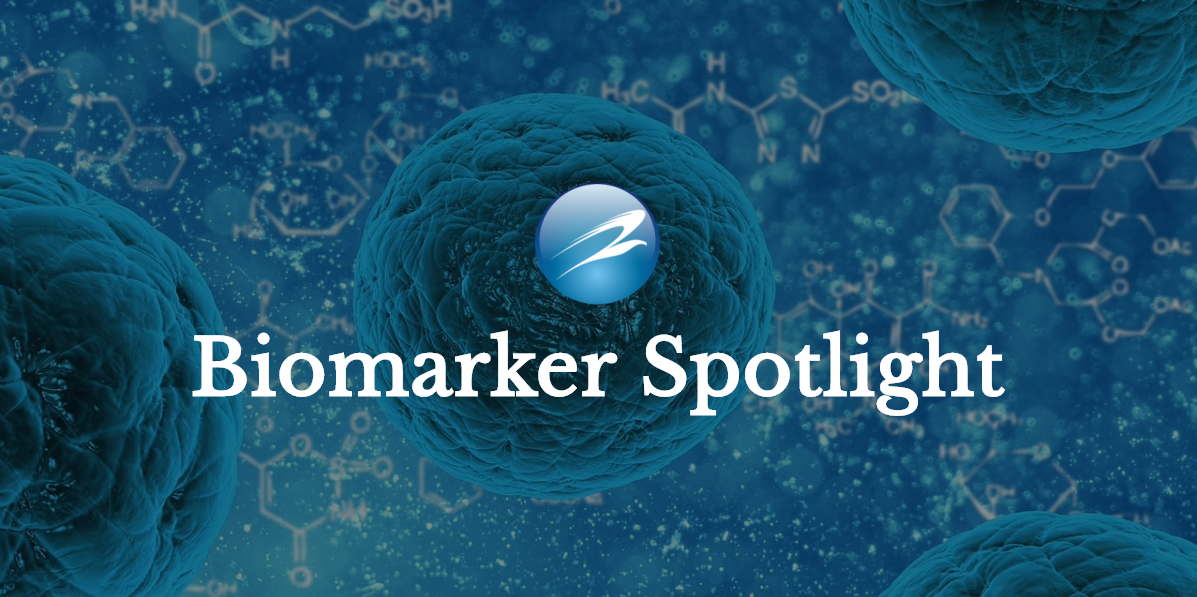
The Eagle Bioscience’s Coronavirus COVID-19 IgG ELISA Assay was recently highlighted in a publication on the decline of Sars-CoV-2 antibodies over 6-month follow-up in obstetrical healthcare workers (HCW). Researchers investigated the longitudinal presence of serum Sars-CoV-2 specific antibodies for both Immunoglobulin G (IgG) and Immunoglobulin M (IgM) in obstetrical HCWs at a tertiary hospital. Check out the full article below.
Abstract
The Problem
Limited data exists on the temporal trend of the Sars-CoV-2 immunologic response and duration of protection following natural infection. We sought to investigate the presence and duration of Sars-CoV-2 serum antibodies in obstetrical healthcare workers (HCW) on serial assessments over a 6-month period, and to assess rates of vaccine acceptance and reported vaccine side effects among this cohort.
Method of Study
A prospective cohort study of a convenience sample of obstetrical HCWs at a tertiary hospital. Serum Sars-CoV-2 antibodies for Immunoglobulin G (IgG) and Immunoglobulin M (IgM) were measured longitudinally at four intervals: baseline, 4 weeks, 12 weeks, and 6 months. Participants completed voluntary surveys on COVID19 testing, high-risk exposures, vaccine acceptance, and vaccine side effects.
Results
One hundred twenty-six of 150 (84%) HCWs who volunteered for participation completed all four blood draws. Prevalence of seropositive HCWs based on positive Sars-CoV-2 IgG antibodies increased from 2% at baseline to 31% at 12 weeks but declined to 21% by 6 months. Forty-two percent (19/43) of the participants considered seropositive for Sars-CoV-2 IgG antibodies at any of the initial three blood draws converted to seronegative status at the 6-month follow-up. Eighty-seven percent (72/83) of participants who responded to a follow-up survey were willing to accept the COVID19 vaccine. Rates of acceptance did not differ by participant antibody status. Those that experienced symptoms with the first injection were more likely to have positive Sars-CoV-2 IgG antibodies (36.8% vs. 9.6%, p = .01).
Conclusion
Sars-CoV-2 IgG antibodies wane over time and may not provide prolonged and robust immune protection. This underscores the importance of vaccination and continued research in this area while the COVID19 pandemic continues.
If you have any questions about the Coronavirus COVID-19 IgG ELISA Assay or our other offerings, please contact us here.



